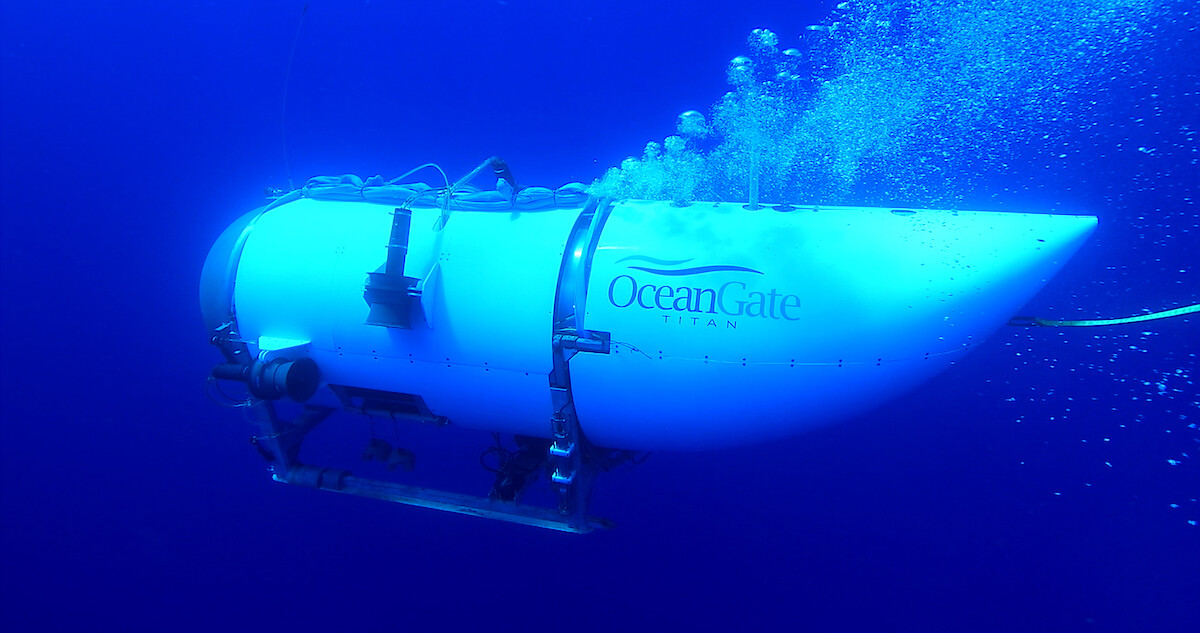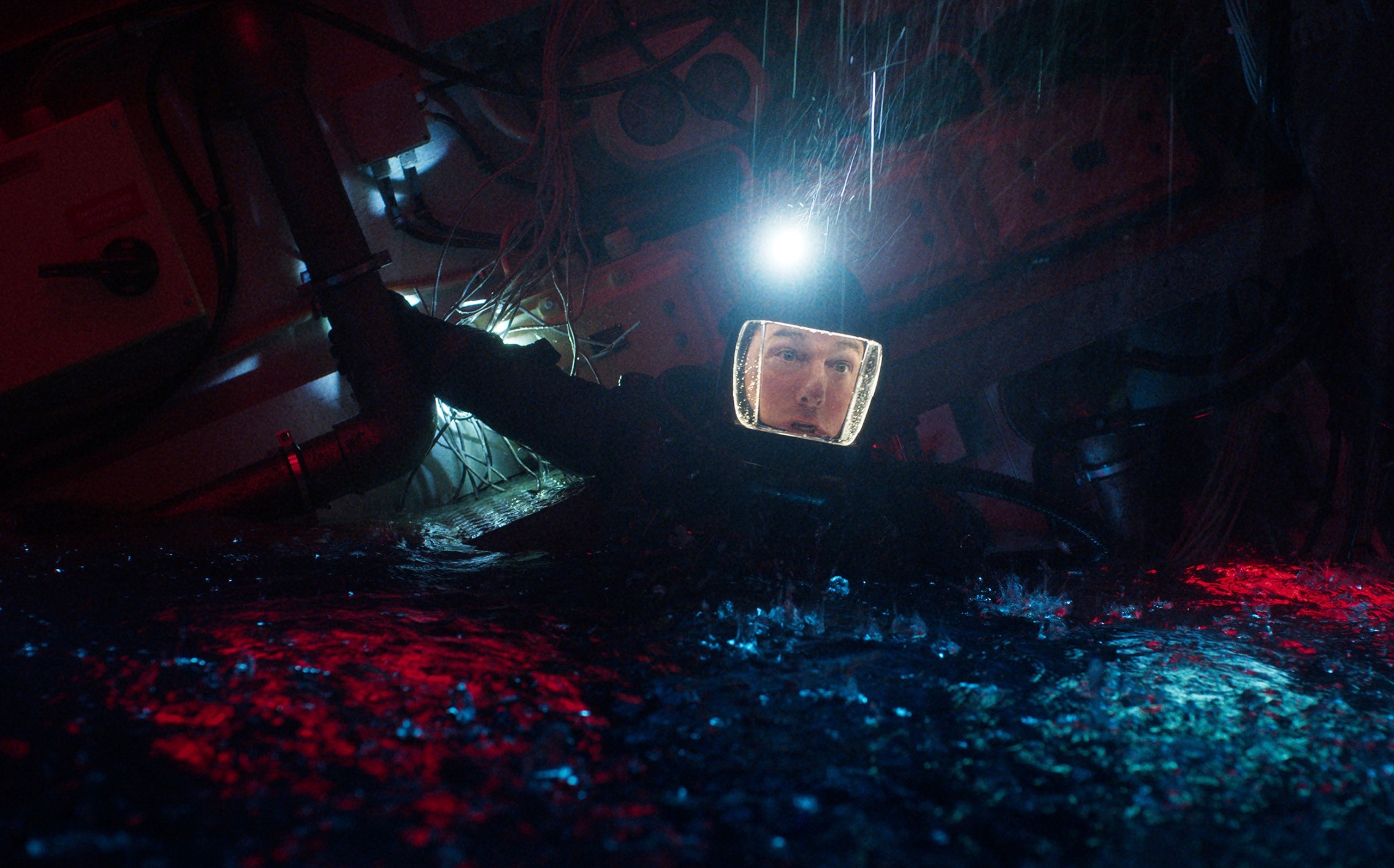Dean Fleischer Camp freely admits that “Lilo & Stitch” is his favorite Disney animated movie, which is why he wanted to direct the live-action/CG remake that has become a surprise blockbuster hit. He pitched it as “jokes plus tears.” It really was a kindred spirit to his Oscar-nominated “Marcel the Shell with Shoes On.” They both share the same DNA: two animated misfits in search of family. If they could only meet — what an adventure that would make.
“I was in high school and it really blew my mind because it didn’t look like any other Disney movie,” Fleischer Camp told IndieWire. “When it came out in 2002, that was one of the reasons why I got into animation. And it didn’t contain the same themes and characters that other Disney movies had. It wasn’t in a fairytale kingdom, and there were no princesses. It was very modern. A 6-year-old child being torn away from her sister by social services was very grounded, very terrestrial, and an extra-terrestrial sci-fi fantasy about this social misfit.”
However, adapting the 2D Stitch, the wacky, child-like, fugitive alien, who rescues Lilo (Maia Kealoha) while finding a home on earth, proved quite the CG challenge. It was handled by ILM (led by VFX supervisor Craig Hammack and animation supervisor Matthew Shumway), which had to address the furry dog-like character’s unique shape and size, and iconic large eyes.
“It’s all based on Chris Sanders’ original artistic style [who co-directed the animated original with Dean DeBlois and returns to voice Stitch],” said Fleischer Camp, who comes from a drawing and painting background. “That movie, I think more than any Disney movie, is a representation of one artist’s lens on the universe.”
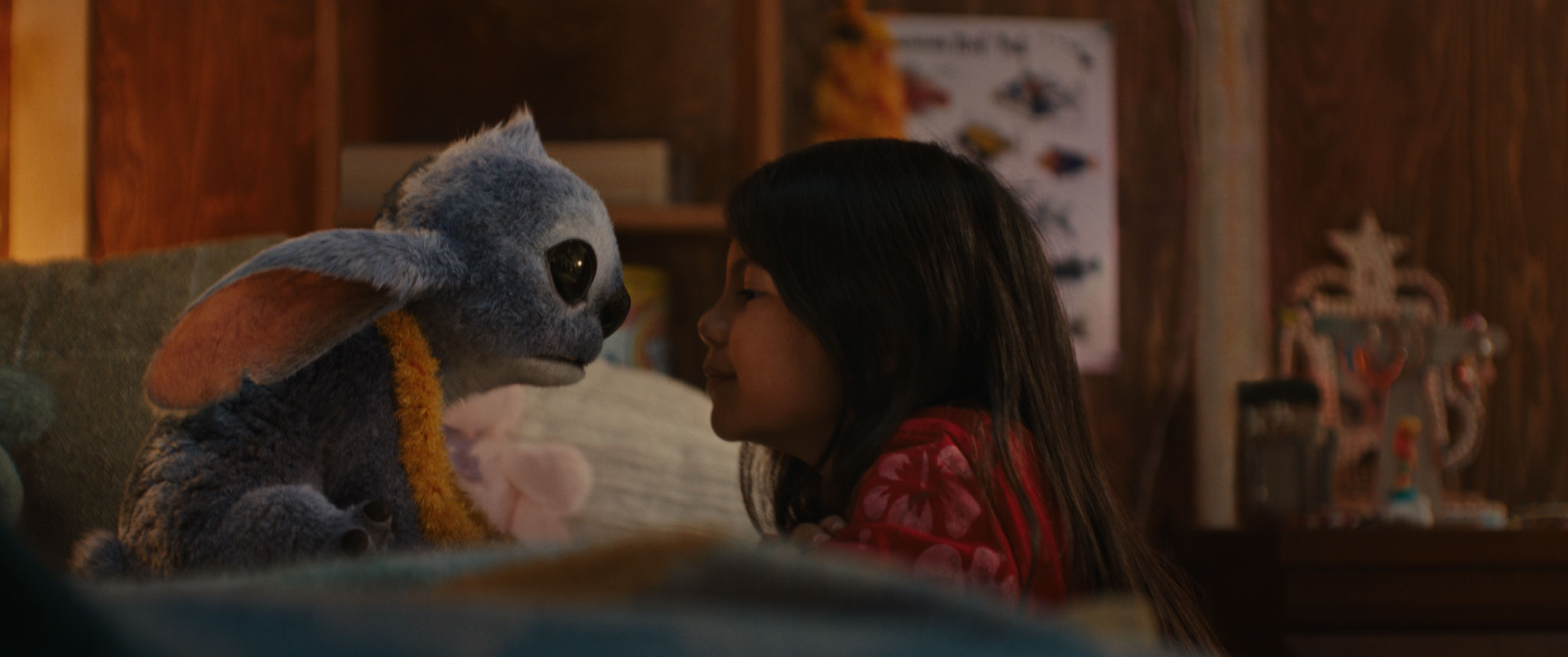
Early on, Fleischer organized the “Stitch Squad” in developing concepts with ILM. This included former Disney Alex Kupershmidt and Patrick Osborne (the Oscar-winning “Feast” short). Kupershmidt, who served as the lead animator of the original Stitch, provided draw overs of basic walk cycles, while Osborne, who joined mid-production, helped with more advanced visualization advice.
“ We were borrowing all of the incredible work that the animators did on the original film, and making sure that we were prioritizing that style, maintaining that squash-and-stretch, traditional animation sensibility,” added Fleischer Camp. “So I brought on more animators who are not starting from a place of 3D animation, where it’s all rig-based, but from that pose-based traditional animation. That’s always my first thing to do. It’s the easiest lift to sketch a few thumbnails and say, ‘What about this?’ It might seem like minutia but, in sum total, they are the thing that, when you look at it, you go, ‘That’s undeniably Stitch.’”
Fortunately, they were able to study “Surfing the Sanders Style,” a manual created by Disney artist Sue Nichols, to help the other artists understand and replicate Sanders’ unique approach to 2D animation on “Lilo & Stitch.”
“ They went through this whole process of codifying exactly what makes Chris Sanders’ drawing style look like Chris Sanders’ dog style,” Fleischer Camp said. “This was down to the line weights and how the folds look. I call them ‘tuning forks’ and I always look for these. My favorite was ‘flower sack.’ Everything that Chris Sanders draws is heavier at the bottom. It’s thick at the bottom, it’s literally down to earth, and there’s no sharp corners. It’s all rounded, so everything kind of looks like a flower sack. And so we were lucky that they had that for the original film because then we could send that out to the animators.”
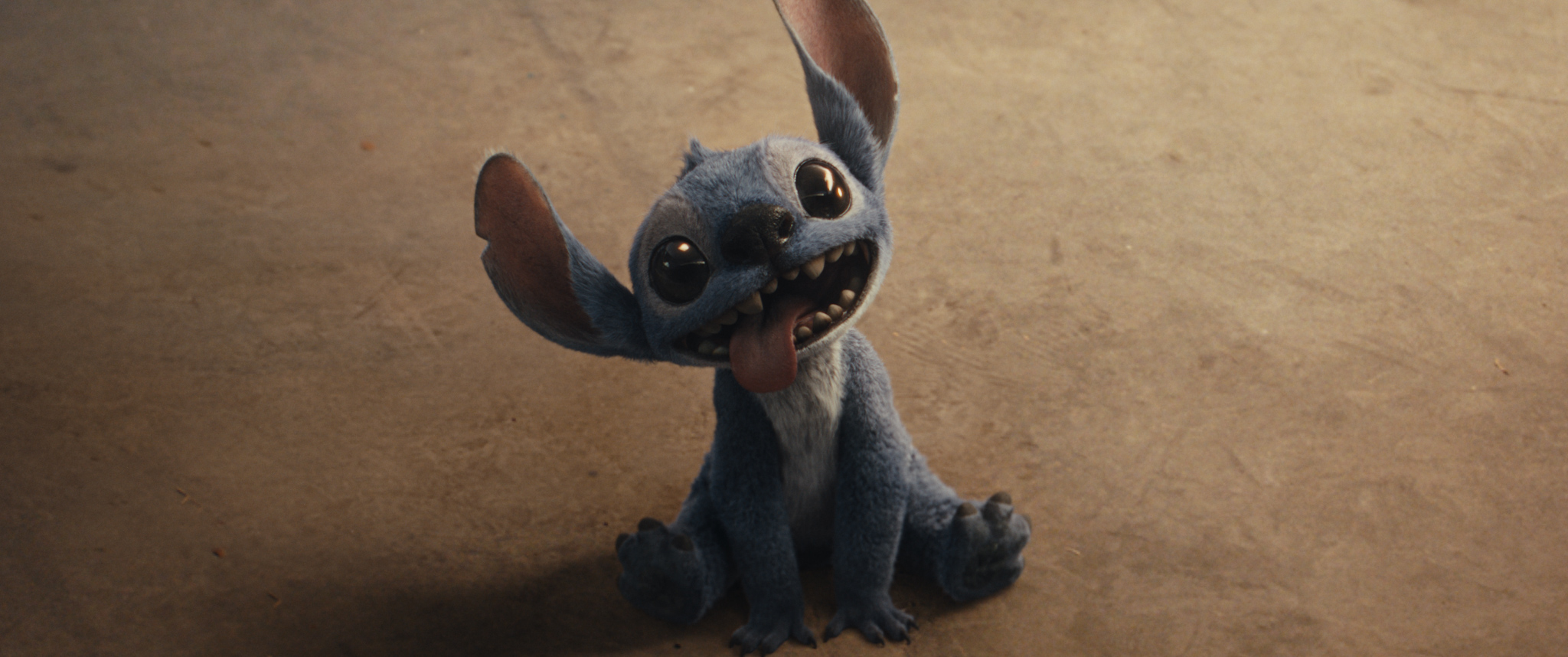
But cracking the code of the Stitch sensibility was one thing: the hard part was translating that to CG, which was a long process. “And so you say, ‘I want Stitch to squish down here ’cause he’s about to jump way up there,” Fleischer Camp said. “And then when he’s in the air, I want it to be six times longer than what he would be when he is normal. And that means that they have to break the rig and essentially sculpt tailor-made shapes to get us from point A to point B. It becomes a lot more like traditional animation in a 3D space, where they’re having to go pose to pose and sculpt that edit.
“ But your job has just begun,” the director continued. “You’ve nailed the look and the lighting, and maybe you have a model that looks good from a few angles. Now you need to actually build the soul of that character, and the animation style, and kind of codify it so that this whole team of animators can be working in unison and creating the same character.”
“So within the rig, we got quite a bit of squash-and-stretchability, so you can stretch his arms, and we used his head quite a bit, actually, really pushing where that would go,” ILM’s Shumway told IndieWire. “And just crazy faces. But you have to do it with a certain amount of restraint because then you cross over into ‘Roger Rabbit’ and ‘Space Jam,’ where it’s like a cartoon character in the live-action world. We needed him to feel like a living, breathing creature alien.
“When Stitch is being crazy and starts tearing stuff apart, everyone gets excited with ideas,” Shumway continued. “But, personally, I like the more emotional bits with Lilo, who is very similar to him. She doesn’t know how to control her emotions and is dealing with a lot. It was a wonderful balance.”
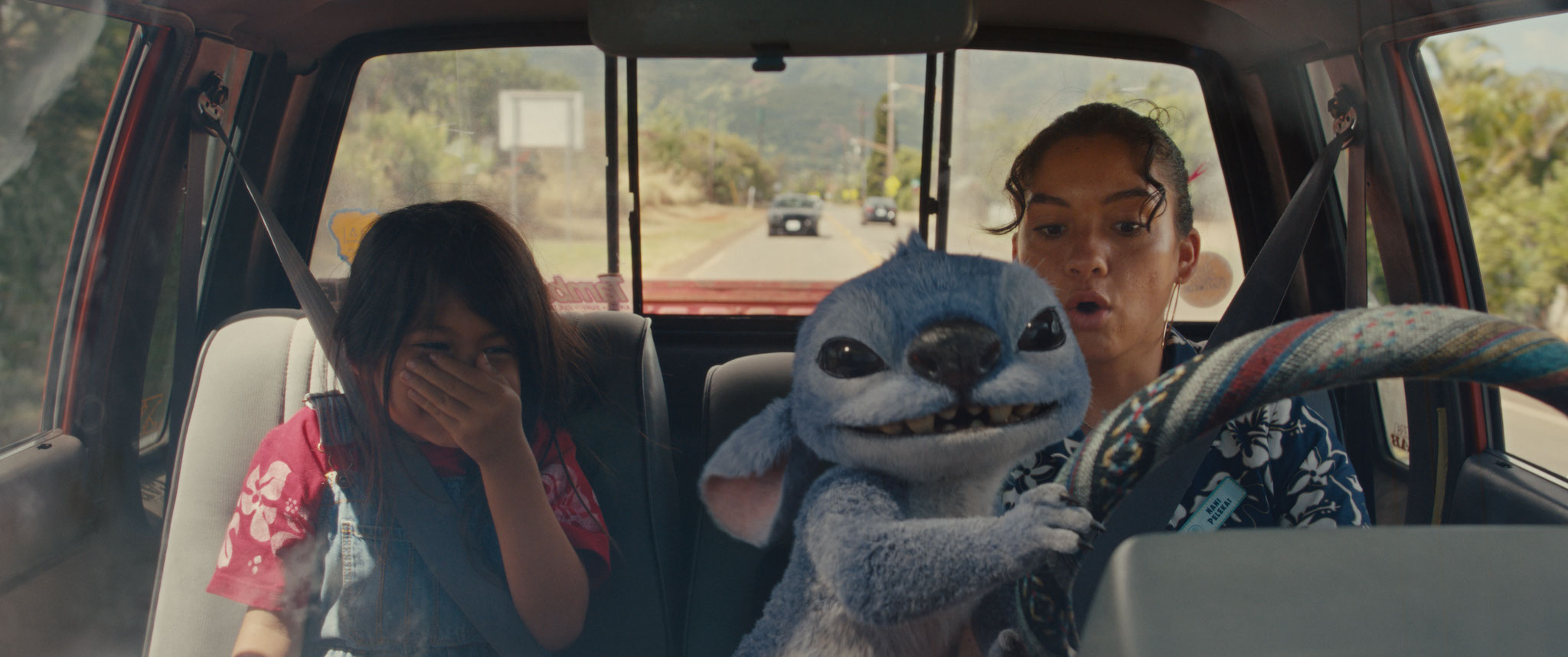
Yet the hardest part was Stitch’s enormous eyes because in the original animated film, he had no pupils. Instead, the 2D animators used specular highlights from the shine mark on the top of the eye to act like a pupil. But that was an abstraction that wouldn’t work in live action.
“So what we did was we pulled from nature,” said Fleischer Camp. We found that Popeye [harbor seals] actually have a pupil deep down in there, but they look black. And if you get really close to ’em, you can see that there’s pupils back there and they can be emotive up close. But then you take two steps back, and it just looks opaque. And so we borrowed that concept for Stitch’s eyes.”
They pulled elsewhere from nature as well: the texture of his blue fur came from Koala bears, his rounded, acorn-like teeth came from dolphins, and the shape of his ears and their translucency came from deer.
However, when it came to displaying Stitch’s destructive behavior, there was definitely a method to the madness. “ We realized pretty quickly that violence and destruction read very differently in live action,” Fleischer Camp said. “And obviously Stitch’s whole thing is destruction. So we had to figure out how to soften that. The example I always give is: You could imagine a very funny animated 10-car pile-up on the freeway. That, in animation, is very funny, and you’re never concerned for anyone getting hurt. But that kind of violence reads very differently in live action, so we did a lot of recalibrating.
“ And so we ultimately solved by always motivating Stitch’s destruction in a way that’s usually not just ’cause he’s a jerk,” he continued. “It’s usually curiosity. I felt like he’s a toddler, and the only way he knows how to explore is by putting stuff in his mouth. He’s like that with destruction. And then, of course, people get upset and start chasing him. And then he can be reactive to what’s happening to Lilo and wants to help her. They are so much alike, and that’s how he evolves.”

